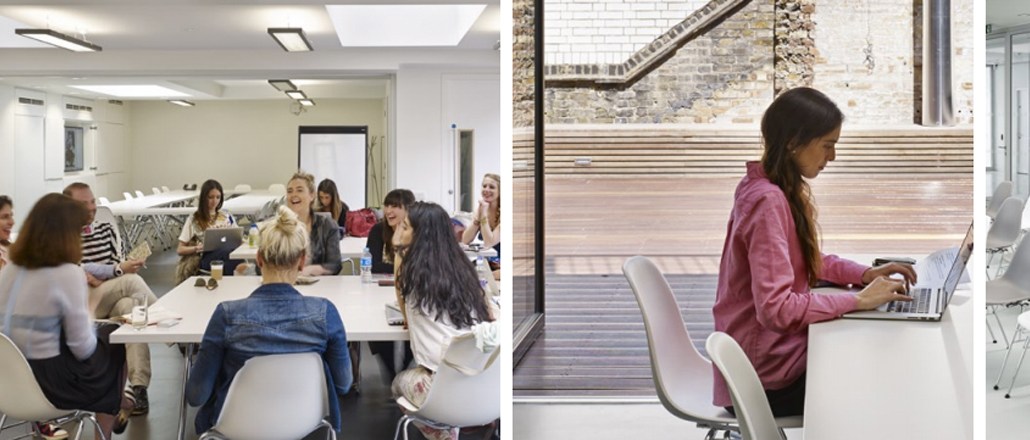Save 50% on a 3-month Digiday+ membership. Ends Dec 5.

Changes are afoot at Condé Nast. While still a magazine company through and through, it’s now pushing further into digital and making a big bet on video. President Bob Sauerberg is hastening the change. Over the last year, he has shaken up senior management, reshuffled the Condé Nast Entertainment Group and hired new publishers at Wired, GQ and Vanity Fair. In Digiday’s latest installment of Executive Summary, Sauerberg talked about the importance of media brands, Condé Nast’s evolving editorial culture and why its print magazines won’t go anywhere anytime soon.
How about culture? Condé Nast has a reputation for being balkanized when comes to its brands. Is that changing?
Our culture will change because it has to. It’s one of the biggest initiatives in the company that I have in place this year. We have best-practices programs where we’re sharing insights and data across brands and across the company. We’re in a new building that’s designed to open up space and bring people together. It has to change, but it doesn’t mean that Vogue can’t be a really strong independent brand either.
Most of the conversation around Condé Nast and other legacy media companies revolves around disadvantages. Where do you think your strengths are?
We have the content and the insight to define what’s new, interesting and cool. You take that knowledge and ability to create content and you connect it to this massive digital business that we’ve built and the data that comes along with it, and you can see where we have an advantage.
How has this changed things already?
Our food innovation group is a prime example. We had Epicurious doing its own thing as a utility and Bon Appétit as a component site, and they used to sort of compete. We put them together in one group and went to market as one team. Two brands, one approach. It’s transformed our business overnight. The revenue is up 40 percent.
Is that the kind of thing the market wants?
We’re thinking outside-in about what the marketplace needs and fulfilling their needs rather than just being completely brand-centric. We’ve traditionally gone to market brand by brand, and many advertisers still like that. Our offering now is being able to access audiences, certain content types. We’re not huge, but we’re big enough to matter.
The other thing the market wants is video. How has your approach there evolved?
We’re carving out our position. We’re going to have a different tone for stuff we think will play better on YouTube versus videos that we show on our own owned-and-operated sites. We’re fine-tuning the approach we take to that. Our goal is to get native content created for every platform we’re operating under and turn that into a good business.
The challenge with video is that there’s a lot of it. This year’s NewFronts was the biggest yet. How do you stay distinct in a crowded marketplace?
We showed a lot of content, and I’m not sure that a lot of others did. This is different from someone posting a cat video or someone posting a random thought about an article that’s being written. The entertainment value and talent and production is there, which is what helps us stand out.
Ad position: web_incontent_pos1
What’s the biggest challenge in the market now?
Carving out our position as a premium media company is top of mind. That has to get firmly established. Our job is to explain to the advertising community and consumers how we’re carving out this position, why we’re doing it and showing them everyday that we’re truly premium.
The term “premium” gets thrown around a lot. What do you mean?
Premium means a different thing in each platform you publish on. We define premium in magazines through photography, through our voice. In digital, it’s getting the right content to the right person and getting that at scale. It’s reaching the audience and getting them the content they expect and connecting them to relevant advertisers.
What’s the future of print?
Consumers still love magazines. The subscription business is a really strong business for us, and it creates all kind of data elements that help us understand our readers. It’s a huge asset and a foundation of who we are. The job for the industry is to keep the advertisers in love with it because they’re bombarded with all kinds of digital opportunities. That’s our challenge.
More in Media

Digiday+ Research Subscription Index 2025: Subscription strategies from Bloomberg, The New York Times, Vox and others
Digiday’s third annual Subscription Index examines and measures publishers’ subscription strategies to identify common approaches and key tactics among Bloomberg, The New York Times, Vox and others.

From lawsuits to lobbying: How publishers are fighting AI
We may be closing out 2025, but publishers aren’t retreating from the battle of AI search — some are escalating it, and they expect the fight to stretch deep into 2026.

Media Briefing: Publishers turn to vertical video to compete with creators and grow ad revenue in 2026
Publishers add vertical video feeds to their sites to boost engagement, attract video ad spend and compete with news creators.
Ad position: web_bfu
